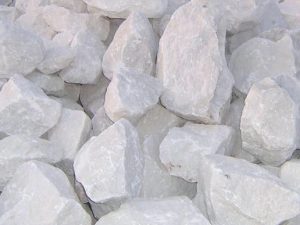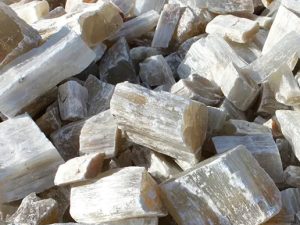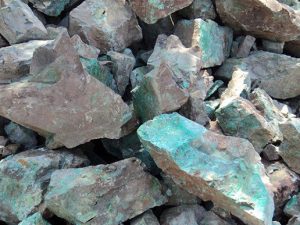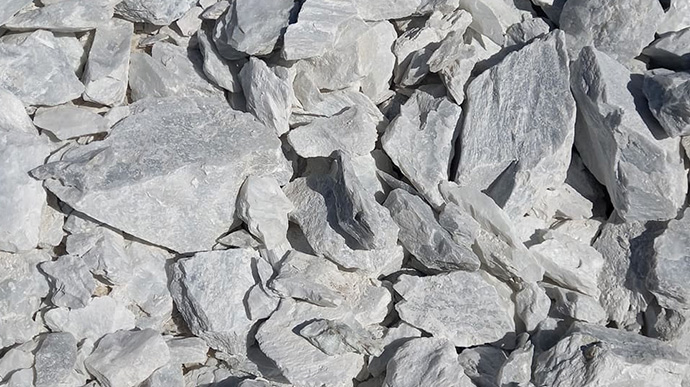
Talc, a soft metamorphic mineral, is widely used in industries ranging from cosmetics to construction. Its value lies in properties like softness, purity, and thermal stability, which require precise crushing and processing to unlock. This article explores the technical workflows and equipment critical to transforming raw talc into high-quality powder.
1. Talc Crushing Process
The initial stage involves reducing large talc rocks into smaller particles. Primary crushing is typically done using jaw crushers or impact crushers to break down boulders into 50-100mm fragments . Secondary fine crushing employs cone crushers or hammer mills to achieve 5-20mm particle sizes, ensuring uniformity for downstream processing.
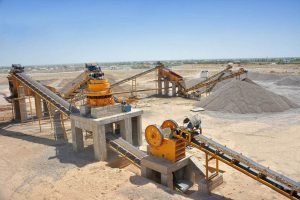
2. Grinding and Classification
After crushing, talc undergoes grinding to produce fine powders. Common methods include:
Ball mills for coarse grinding (20-75µm)
Raymond mills or vertical roller mills for ultrafine particles (2-10µm)
Air classifiers separate oversized particles, ensuring consistent fineness.
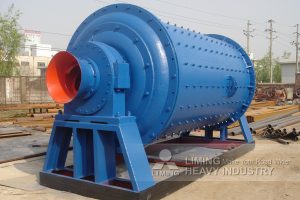
3. Surface Treatment and Drying
To enhance applications like lubricity or pigment dispersion, talc powder often undergoes surface modification using stearic acid or silane agents. Drying processes remove moisture, critical for maintaining powder flowability and storage stability.
4. Key Equipment Innovations
Modern plants integrate:
Mobile crushers for flexible on-site processing
Closed-circuit systems combining crushers and classifiers
Energy-efficient motors reducing operational costs

5. Industry Applications
Processed talc finds use in:
Plastics (improves thermal stability)
Cosmetics (soft texture in powders)
Paper (gloss enhancement)
Rubber (reinforcement filler)
Ceramics (glaze formulation)
Effective talc processing hinges on optimizing crushing/grinding parameters while meeting industry-specific particle size requirements. Advanced equipment and quality control ensure talc remains a versatile material in global manufacturing. For customized processing solutions, contact equipment suppliers like Liming Heavy Industry Machinery.

